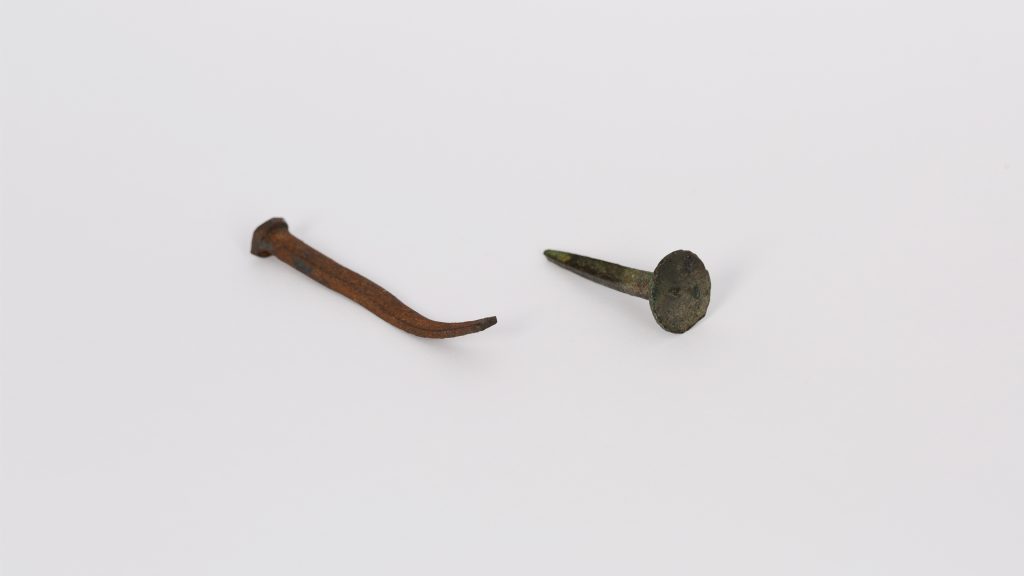
Making hand-wrought nails has always been a highly repetitive, laborious job. But these iron and copper nails from the earliest buildings at Maitland Gaol, completed by 1848, were made during a turning point, when nail making machines had recently been invented. Were Maitland Gaol’s nails made one-by one, pulled from a forge and shaped by […]
Read More…
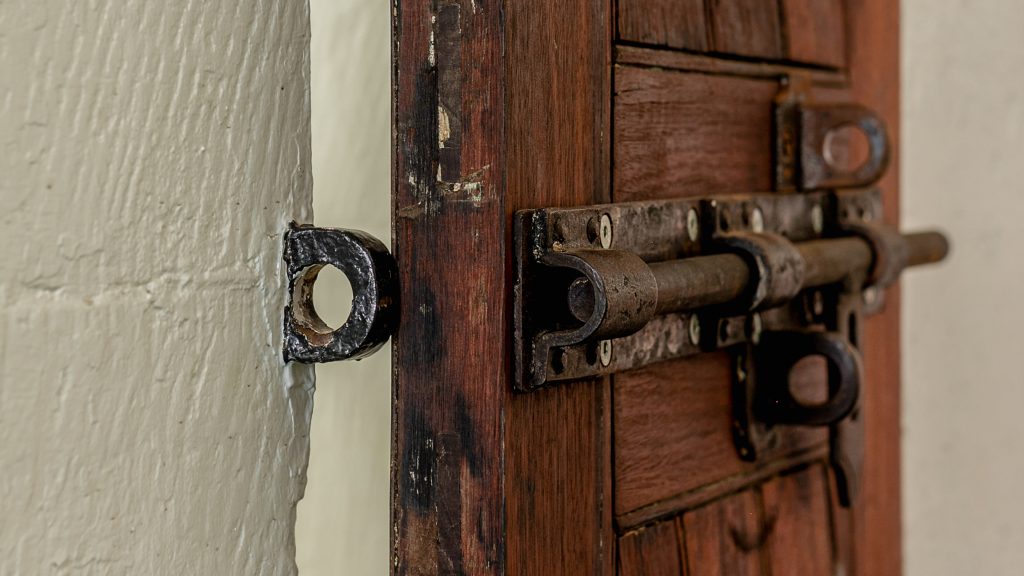
The heavy timber doors creaked on their iron hinges as the warder closed them, sliding the bolts shut, and turning the key in the padlocks to secure the prisoners each night. Installed in 1867, the outer hardwood cell doors of B-Wing at Maitland Gaol (in operation 1848-1998), locked up some of Australia’s worst prisoners. Designed […]
Read More…
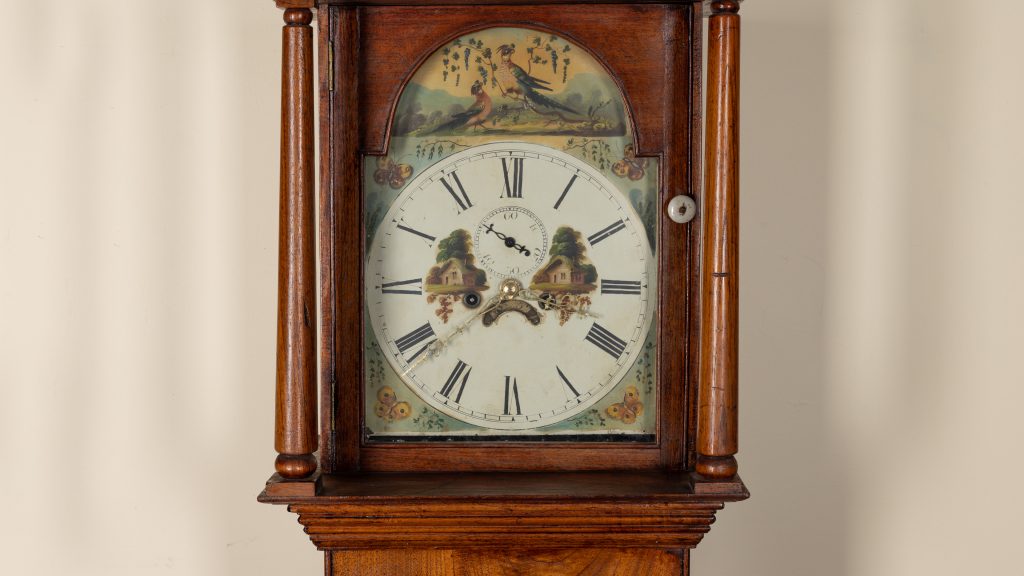
Onboard the ship Eliza when she docked in Sydney on 25 June, 1828, were 158 convicts sent from Britain. Among them was James Redding, a man seemingly condemned for life, as he faced an uncertain future in an unknown land. In the years that immediately followed his arrival, James’ days were dictated by the tick […]
Read More…
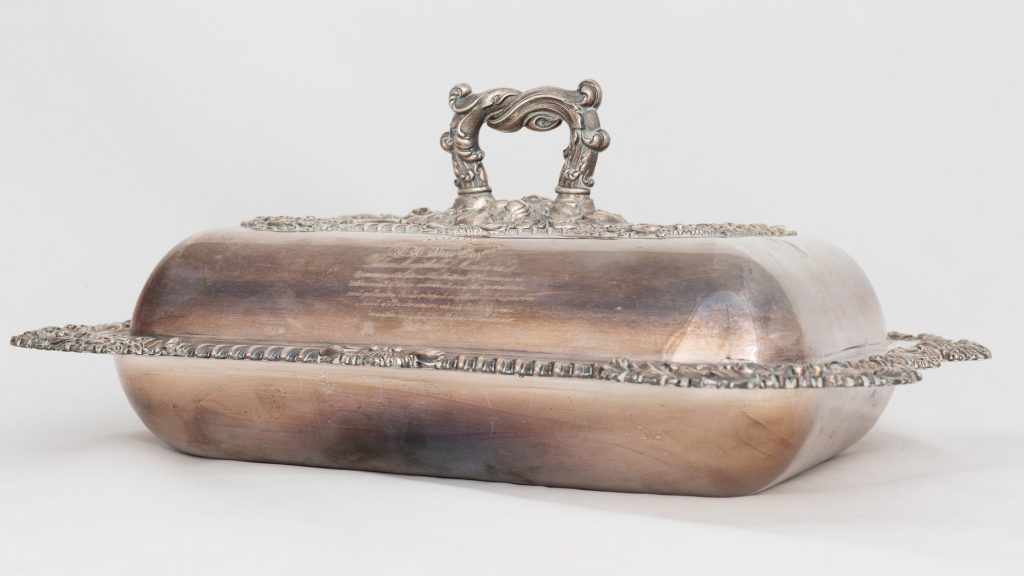
Setting out early one day in December 1840, a tall, dark-eyed Irishman named Edward Denny Day (1801-1876), the local Police Magistrate, led a police posse through the bush around Scone, not far from Maitland. They were tracking the escaped convict turned bushranger Teddy ‘Jewboy’ Davis and his gang, who for two years had been ‘terrorising’ […]
Read More…
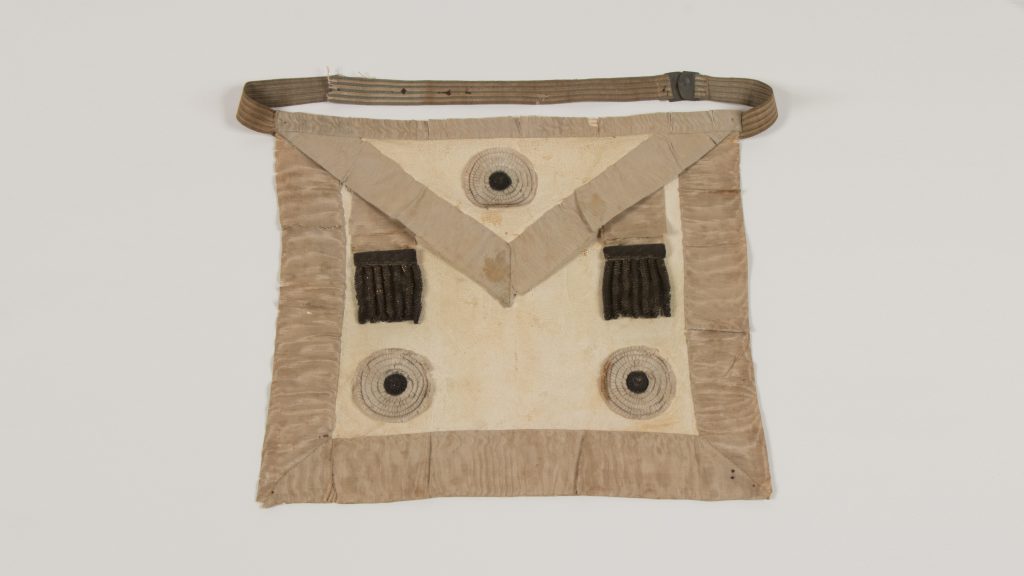
This decorated apron is typical of the regalia worn world-wide by the Freemasons, and from the early eighteenth century. This era saw Freemasonry evolve from a craft-based fraternity exclusive to freemasons, to a moral-based organisation exclusive to men. Freemasonry, resembling this historic change, was transported to Australia by British-origin migrants in the late-eighteenth century. Throughout […]
Read More…
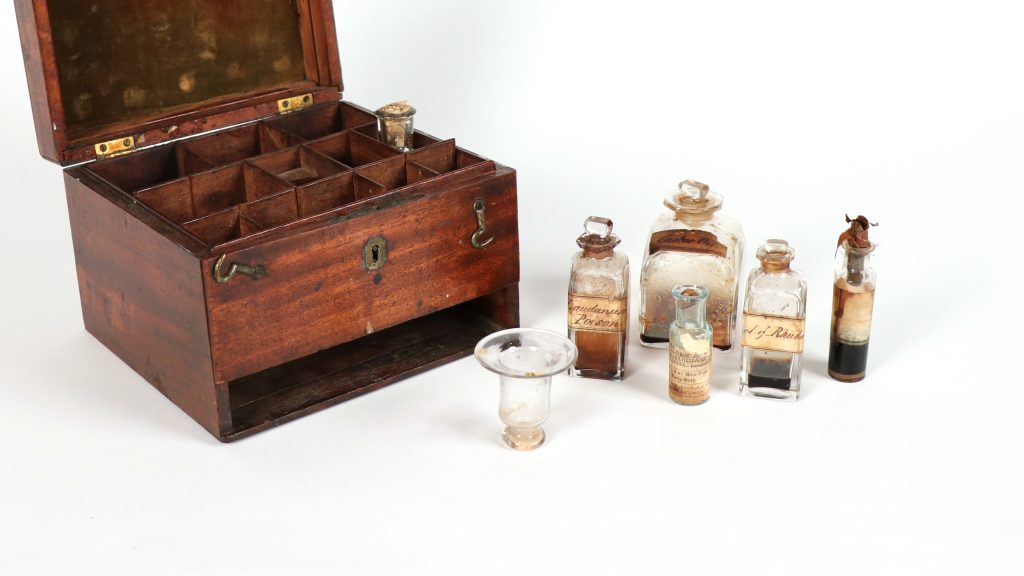
Kept inside this mid-nineteenth century cedar-chest are original medicine bottles with their glass and cork stoppers, and a glass ‘dropper’. The bottle contents include castor oil, tincture of rhubarb and the opioid labelled ‘Laudanum Poison’. These medicines were used to treat a range of common ailments such as colic, toothache, and headache in this era. […]
Read More…
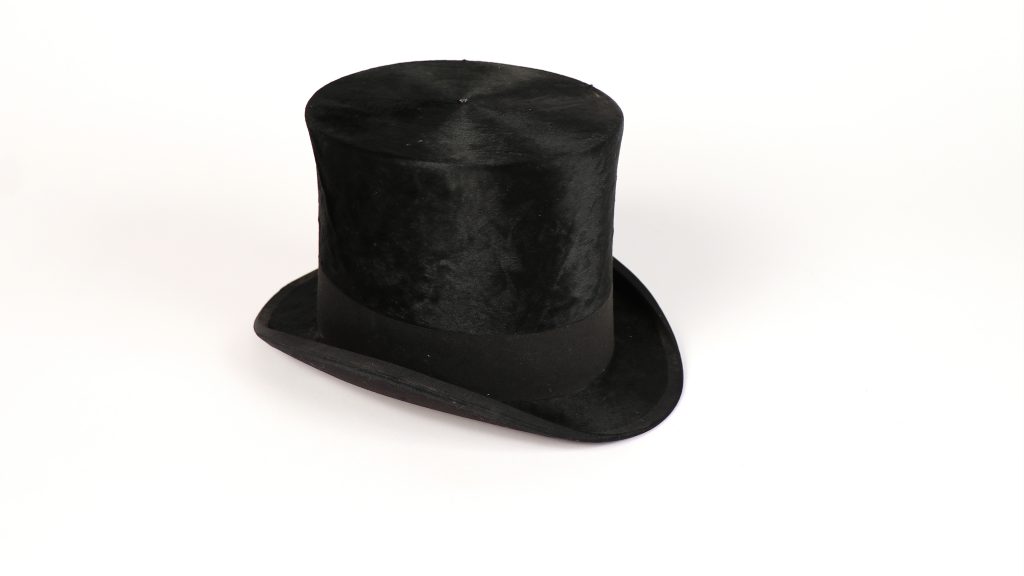
This elegant top hat first belonged to James Dalton Jnr (1834-1919) of Orange, who purchased and wore it in the latter half of the nineteenth century. Several decades earlier, James had fled the Great Irish Famine, leaving the town of Duntryleague in Limerick County, Ireland and migrating to NSW as a free-settler on the Panama, arriving […]
Read More…








